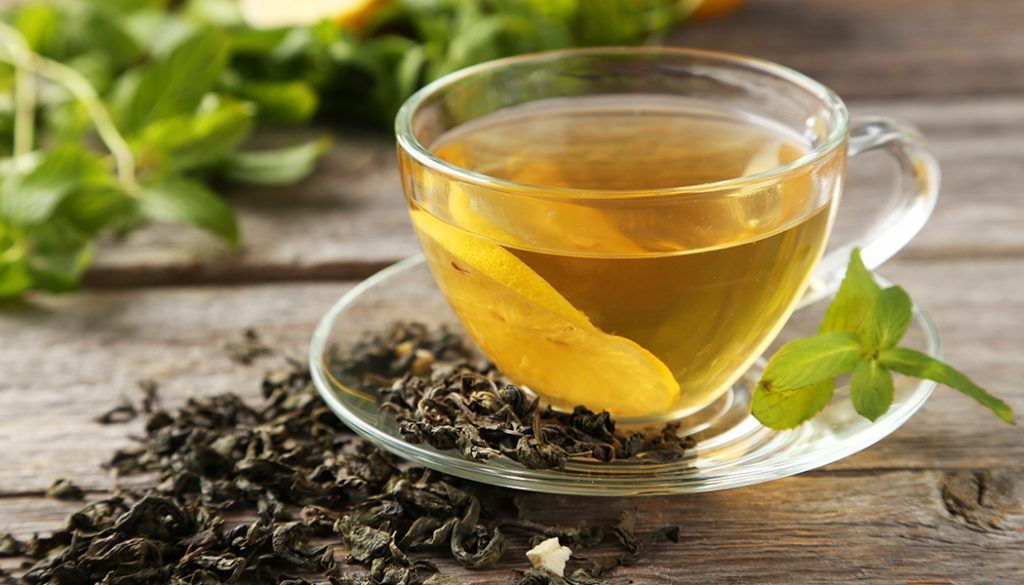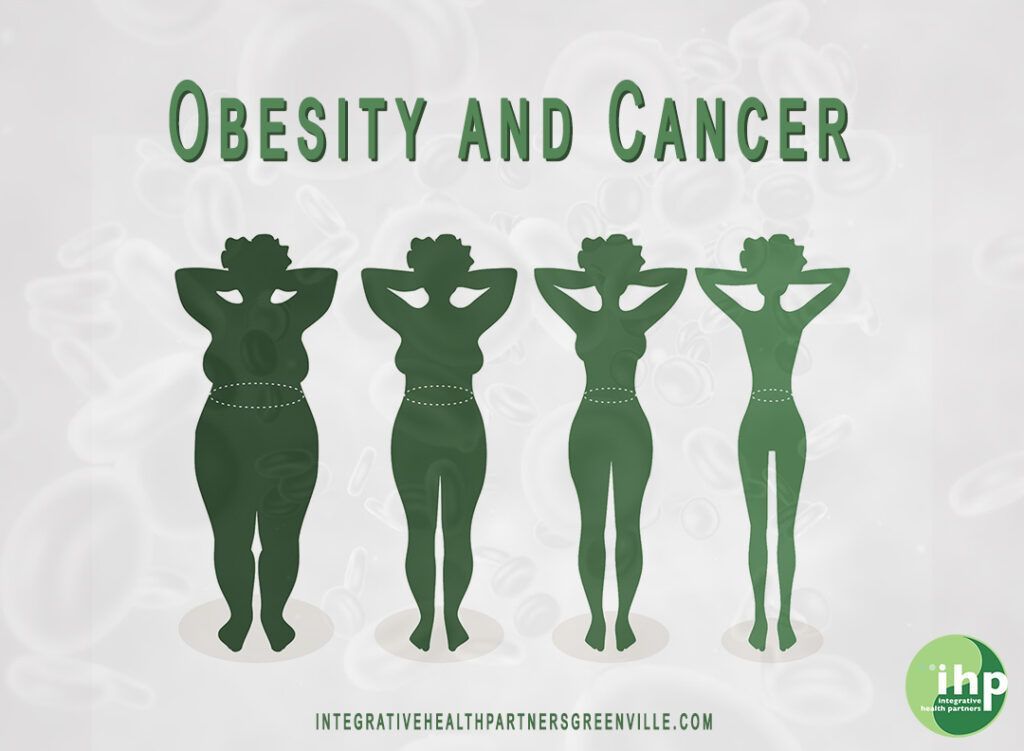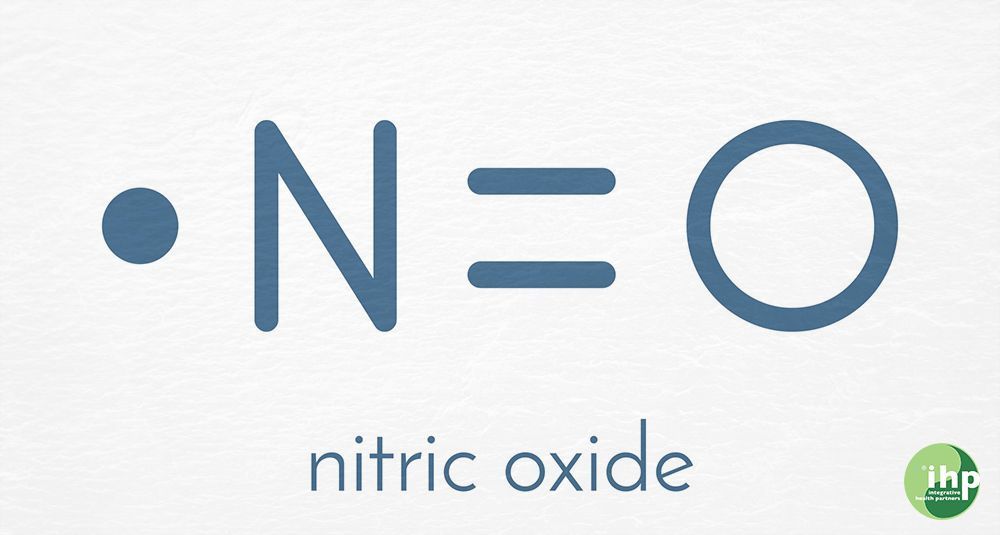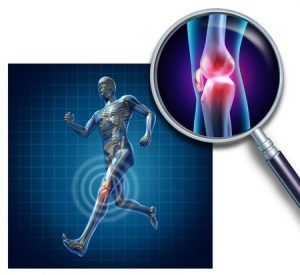Tea Time

Tea, a once popular beverage brought over by the English settlers, has largely been forgotten in favor of coffee. Keeping in mind there was no “Boston Coffee Party”, we are left to wonder why tea was once so esteemed by the British people who brought it here. It is well known that the widespread tea usage that developed in England was an outgrowth of trade with China. But the reasons the Brits became so enamored with tea were overshadowed in history books by the spectacle of the Opium Wars and maritime domination of China.
Chinese culture centers around tea. It’s an integral part of daily life in China and is consumed during meals, as a substitute for water, in celebration, and as a simple pleasure. In short, Chinese people drink tea all day long. But unlike our casual use of coffee as just a stimulant beverage, tea has also held an important role in Chinese culture for its medicinal uses. Though it is used in the treatment of various disorders, tea is most importantly consumed to prevent premature aging and disease. This was of great interest to the rulers of China over the centuries, thus great resources were directed toward the health benefits and understanding of this humble plant. You may not realize it but Chinese medicine is the most documented medical system in the world with 6,000 years of continuous practice. If tea holds such a prominent place in one of the longest running medical systems in the world, shouldn’t we Westerners consider its health benefits more seriously?
It may surprise you to learn that all types of tea, black, white, oolong and green come from the same plant Camellia sinensis. That’s right, all tea comes from the same plant. It is the processing of the tea leaf that determines the final form of the tea produced. The more the young green tea is processed by exposure to heat and air (oxidation) the darker the resulting beverage. Black tea is the most oxidized and green tea is on the opposite end of the spectrum with very little processing. Without getting deeply into the biochemistry of tea, it is important to understand that in this case oxidation is not “bad” but a necessary means of changing the chemical profile of the tea plant to perform different functions in the body to achieve different purposes. So this system of processing was not developed for taste purposes but for the specific benefit each type of tea has on the body. With all the focus on green tea in the U.S. you might be surprised to learn that, in China, green tea is not consumed all the time. Different types of teas are consumed at different times of the day or year, and different types are prescribed for different health benefits.
Traditional Chinese medicine focuses on the use of tea in preventing disease before the disease process even starts. Sadly modern medicine focuses on waiting until a disease is in full bloom before considering treatment and has shown little interest in the traditional use of the tea plant as medicine. However, there is a vast amount of research on tea that has now accumulated with indisputable evidence that tea is effective in treating and preventing illness. Over the past 25 years research studies have consistently demonstrated that tea can be used to in the treatment of obesity, metabolic syndrome, cancer, cardiovascular disease, and neurodegeneration. The Chinese believe that tea can be used to reduce inflammation and is it any surprise that all of these conditions involve inflammation?
At Integrative Health Partners, we believe that tea is an important part of a healthy lifestyle. We stock many hard to get teas and can guide you in the use of the right type of tea to treat and prevent ill health. Call us for an appointment to discuss how tea can help you to live a healthier life!






